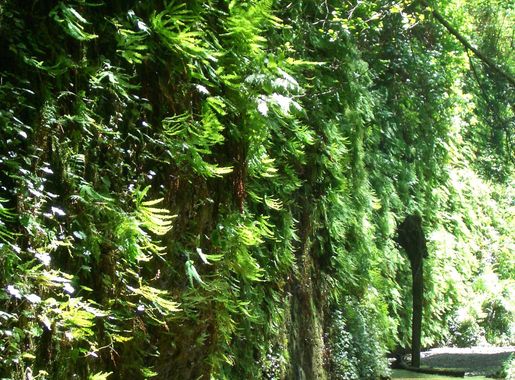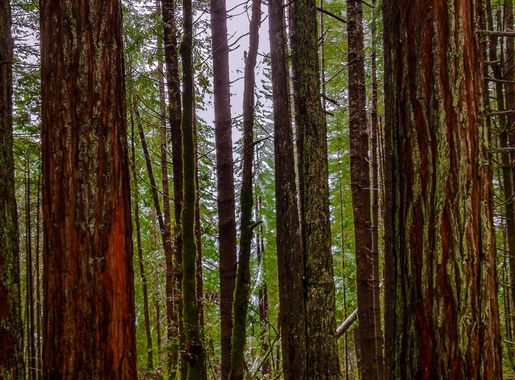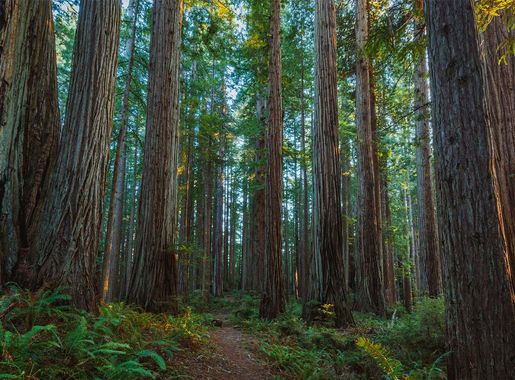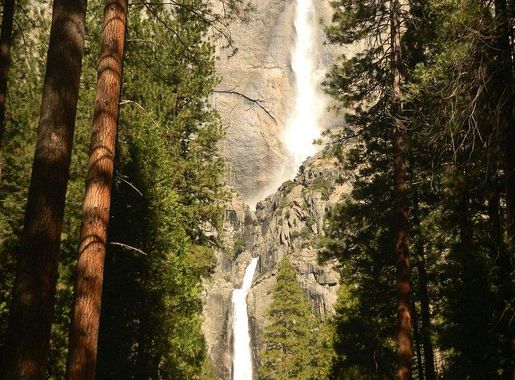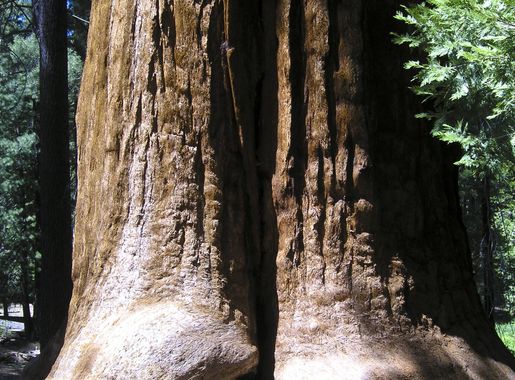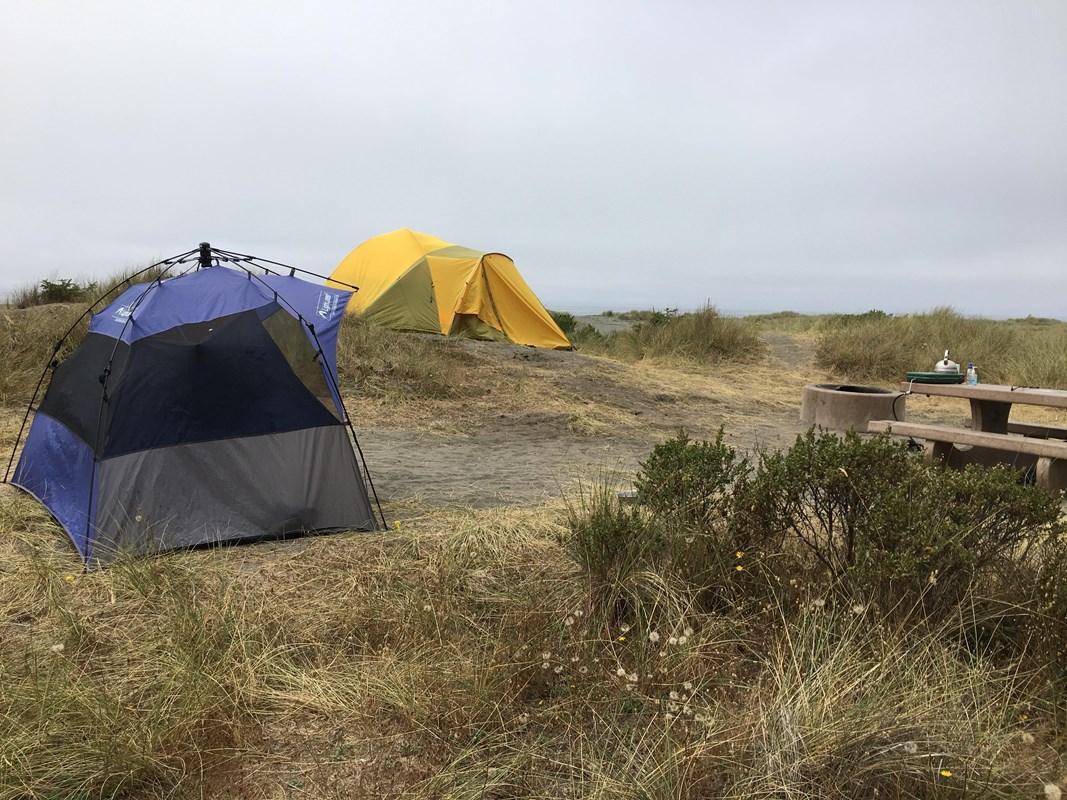
The Majestic Giants of Redwood National and State Parks
Discover the towering redwoods and diverse ecosystems of Redwood National and State Parks, a haven for nature enthusiasts and history buffs in Northern California.
Welcome to Redwood National and State Parks, where nature's grandeur reaches new heights. Located in Northern California, these parks are home to the tallest trees on Earth, the magnificent coast redwoods. Walking among these ancient giants, some of which are over 2,000 years old, is an awe-inspiring experience that transports you to a world of serenity and natural beauty. The parks cover over 130,000 acres and include a diverse range of ecosystems, from lush forests to rugged coastlines. As you explore, you'll encounter a variety of wildlife, including Roosevelt elk, black bears, and numerous bird species. The parks also offer a plethora of outdoor activities such as hiking, camping, and scenic drives, making it a perfect destination for nature lovers and adventure seekers alike. In addition to its natural wonders, the parks also have a rich cultural history. The region has been inhabited by Native American tribes for thousands of years, and their influence can still be seen today. Visitors can learn about the indigenous cultures through interpretive programs and exhibits at various visitor centers. Whether you're here for a day trip or an extended stay, Redwood National and State Parks promise an unforgettable journey into the heart of nature.
Local tips in Redwood National and State Parks
- Wear sturdy shoes for hiking; some trails can be uneven and muddy.
- Bring layers of clothing; the weather can change rapidly, especially near the coast.
- Visit early in the morning or late in the afternoon to avoid crowds and enjoy the tranquility.
- Don't miss the scenic drive along the Newton B. Drury Scenic Parkway.
- Check for any park alerts or trail closures before you go.
The Majestic Giants of Redwood National and State Parks
Welcome to Redwood National and State Parks, where nature's grandeur reaches new heights. Located in Northern California, these parks are home to the tallest trees on Earth, the magnificent coast redwoods. Walking among these ancient giants, some of which are over 2,000 years old, is an awe-inspiring experience that transports you to a world of serenity and natural beauty. The parks cover over 130,000 acres and include a diverse range of ecosystems, from lush forests to rugged coastlines. As you explore, you'll encounter a variety of wildlife, including Roosevelt elk, black bears, and numerous bird species. The parks also offer a plethora of outdoor activities such as hiking, camping, and scenic drives, making it a perfect destination for nature lovers and adventure seekers alike. In addition to its natural wonders, the parks also have a rich cultural history. The region has been inhabited by Native American tribes for thousands of years, and their influence can still be seen today. Visitors can learn about the indigenous cultures through interpretive programs and exhibits at various visitor centers. Whether you're here for a day trip or an extended stay, Redwood National and State Parks promise an unforgettable journey into the heart of nature.
When is the best time to go to Redwood National and State Parks?
Iconic landmarks you can’t miss
Henry Cowell Redwoods State Park
Explore the serene beauty of Henry Cowell Redwoods State Park, where ancient redwoods and diverse wildlife create unforgettable experiences in nature.
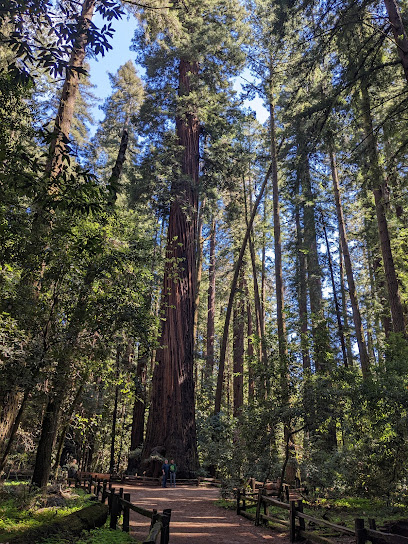
Big Basin Redwoods State Park
Explore the towering redwoods and tranquil beauty of Big Basin Redwoods State Park, an iconic Californian destination for nature lovers and adventurers.
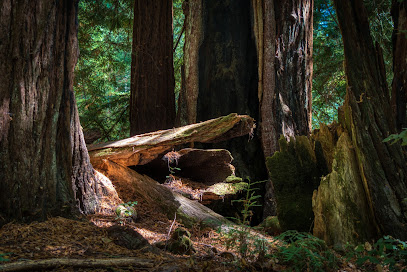
Calaveras Big Trees State Park
Discover the awe-inspiring giant sequoias and breathtaking landscapes of Calaveras Big Trees State Park in California.

Reinhardt Redwood Regional Park
Discover the serene beauty of Reinhardt Redwood Regional Park, a natural wonder filled with towering redwoods, scenic trails, and family-friendly picnic areas.
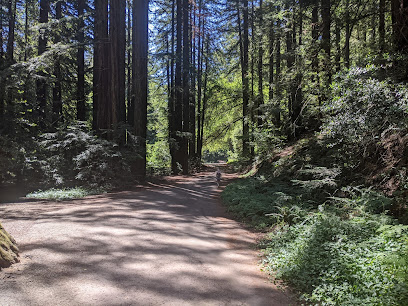
Purisima Creek Redwoods Open Space Preserve
Discover the serene beauty of Purisima Creek Redwoods Open Space Preserve, where ancient redwoods and scenic trails await your exploration in Half Moon Bay, California.
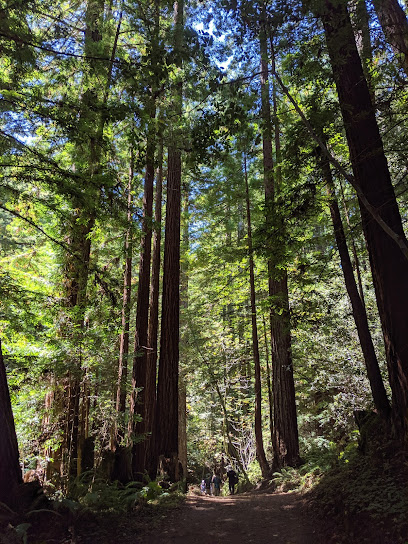
Pulgas Water Temple
Explore the stunning Pulgas Water Temple in Redwood City, California, a serene monument celebrating the beauty of water and nature.
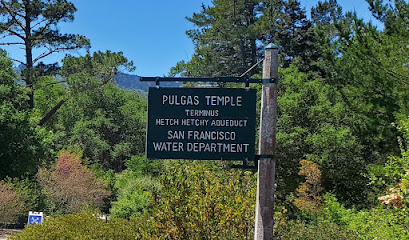
Redwood Grove Nature Preserve
Discover the serene beauty of Redwood Grove Nature Preserve in Los Altos, where majestic redwoods and tranquil trails await nature lovers and adventurers.
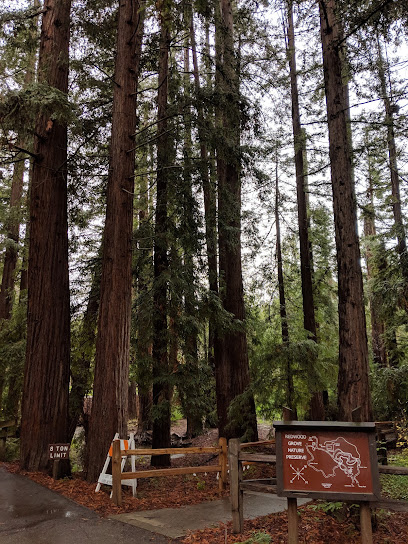
Redwood Grove
Unwind in the serene beauty of Redwood Grove, a hidden park in Yorba Linda, CA, where nature's tranquility awaits every visitor.

Bear Creek Redwoods Open Space Preserve
Discover the tranquil beauty of Bear Creek Redwoods Open Space Preserve, a must-visit nature haven in Los Gatos, California, rich with towering redwoods and scenic trails.
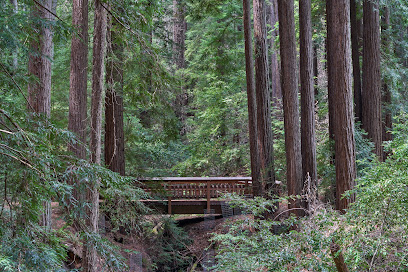
Visitor Center | Henry Cowell Redwoods State Park
Discover the enchanting redwoods and rich natural history at the Henry Cowell Redwoods State Park Visitor Center in California.
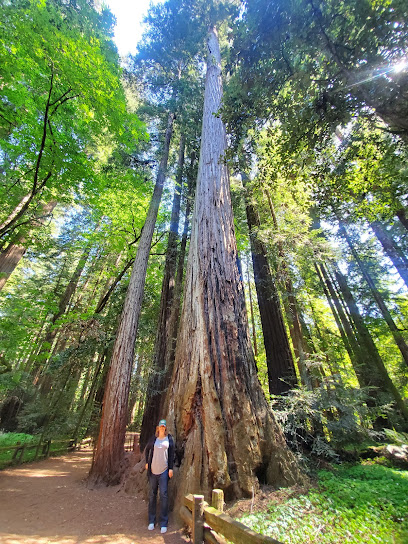
El Corte de Madera Creek Open Space Preserve
Explore the lush trails and diverse wildlife at El Corte de Madera Creek Open Space Preserve, a natural gem in the heart of California's redwood forests.
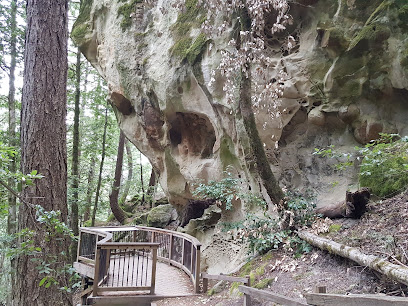
Portola Redwoods State Park
Discover the serene beauty of Portola Redwoods State Park, a California oasis of towering redwoods, hiking trails, and breathtaking natural landscapes.
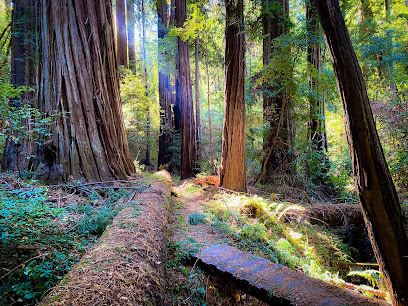
Redwood Deck
Discover the enchanting Redwood Deck in Big Sur, a serene oasis surrounded by towering redwoods and stunning coastal views, perfect for hiking and relaxation.
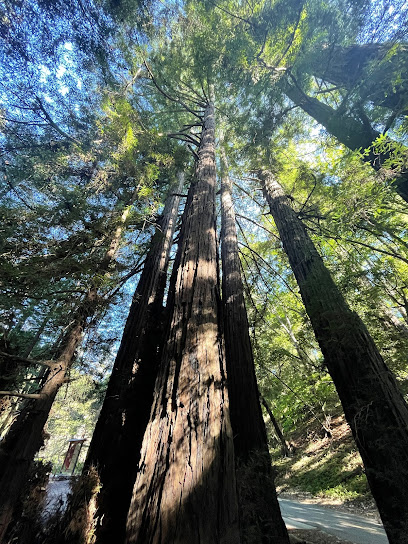
Garden of Eden - Henry Cowell Redwood State Park
Explore the breathtaking Garden of Eden in Henry Cowell Redwood State Park—California's hidden gem of towering redwoods and tranquil swimming holes.

Methuselah Tree (Sequoia sempervirens)
Explore the Methuselah Tree in Woodside, CA – a magnificent Sequoia that stands tall as a symbol of nature's beauty and resilience.

Unmissable attractions to see
Levi's Stadium
Discover the excitement of Levi's Stadium, a premier venue for sports and entertainment in Santa Clara, California, blending modern architecture with thrilling experiences.
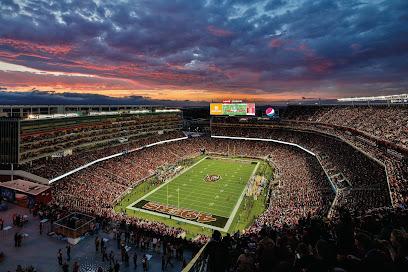
SAP Center
Discover the excitement of live sports and concerts at the SAP Center, San Jose's premier arena for unforgettable entertainment experiences.
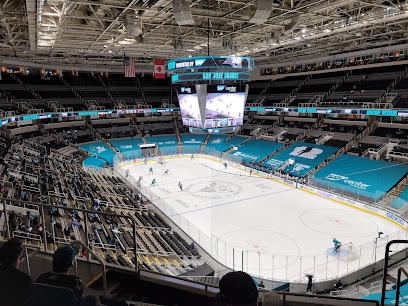
The Mystery Spot
Experience the mind-bending wonders of The Mystery Spot in Santa Cruz, where gravity and reality challenge your perception at this unique tourist attraction.

Henry Cowell Redwoods State Park
Discover the serene beauty of Henry Cowell Redwoods State Park, a natural sanctuary of towering redwoods and diverse wildlife in Felton, California.
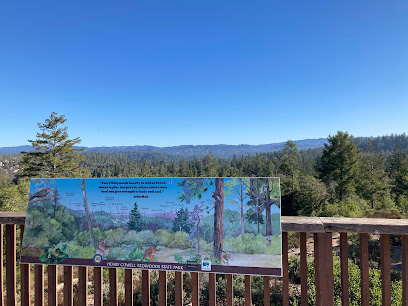
Big Basin Redwoods State Park
Discover the magic of ancient redwoods and breathtaking trails at Big Basin Redwoods State Park, California's oldest and most revered natural sanctuary.
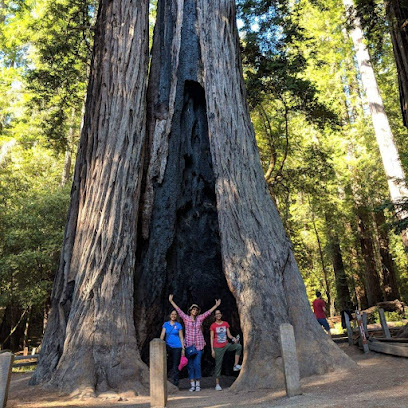
Calaveras Big Trees State Park
Discover the towering giant sequoias and breathtaking landscapes of Calaveras Big Trees State Park, a haven for nature lovers and outdoor enthusiasts alike.

Pigeon Point Light Station State Historic Park
Explore stunning coastal views, rich maritime history, and serene walking trails at Pigeon Point Light Station State Historic Park in California.

Lassen Volcanic National Park
Explore Lassen Volcanic National Park: A breathtaking national park in California, home to geothermal wonders and stunning natural landscapes.

Tilden Regional Park
Experience the grandeur of Tilden Regional Park, a natural sanctuary with stunning landscapes, recreational activities, and diverse wildlife just outside the Bay Area.
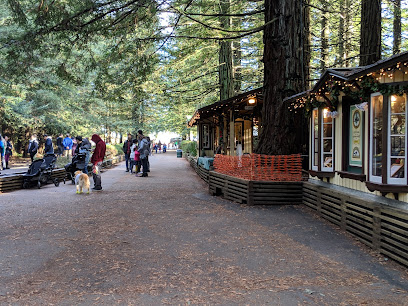
Roaring Camp
Experience the magic of Roaring Camp in Felton, California, where history and nature unite for an unforgettable journey.
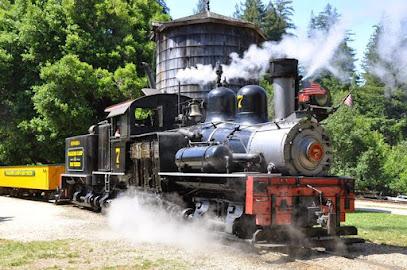
Roaring Camp
Discover the enchanting Roaring Camp, where history and nature collide for an unforgettable adventure in the majestic California redwoods.
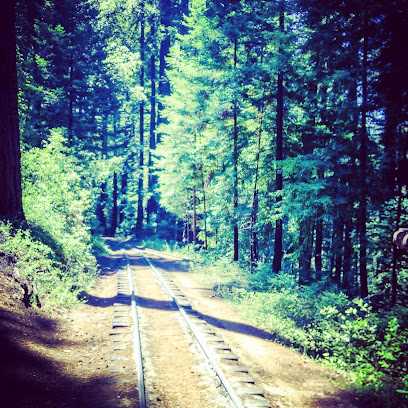
Lighthouse Field State Beach
Discover the scenic beauty of Lighthouse Field State Beach in Santa Cruz, where stunning views and rich wildlife await every visitor.
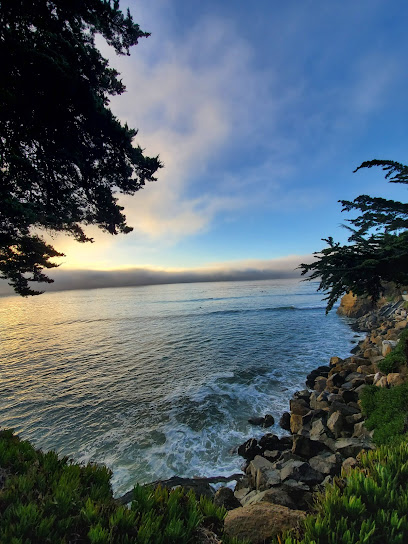
Reinhardt Redwood Regional Park
Discover the breathtaking beauty of Reinhardt Redwood Regional Park, a tranquil escape filled with ancient redwoods, scenic trails, and diverse wildlife.
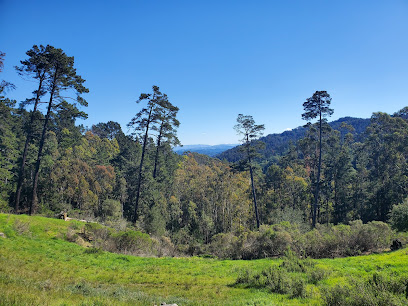
Castle Rock State Park
Explore the stunning rock formations and scenic trails of Castle Rock State Park, an enchanting destination in the heart of California's Santa Cruz Mountains.
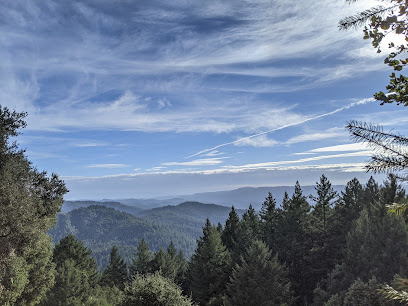
Lake Shasta Caverns National Natural Landmark
Discover the breathtaking beauty and adventure at Lake Shasta Caverns, a stunning natural landmark in California offering tours, hiking, and boating.
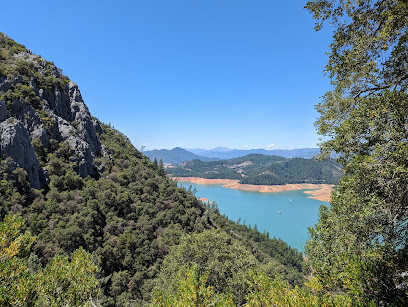
Essential places to dine
Texas Roadhouse
Experience hearty American cuisine with hand-cut steaks and famous bread rolls at Texas Roadhouse in Union City.
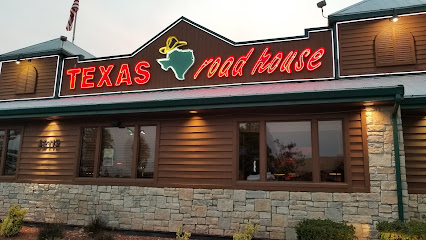
Eureka! Mountain View
Discover Eureka! Mountain View - where local flavors meet vibrant ambiance in Silicon Valley's culinary scene.
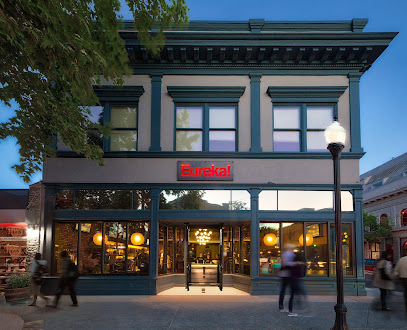
Vesta
Discover Vesta in Redwood City - A culinary haven where artisanal pizzas meet vibrant atmosphere and exceptional service.

Chick-fil-A
Discover the savory flavors of Chick-fil-A in Redwood City – where fast food meets family-friendly dining!
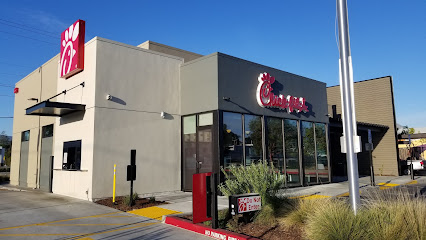
Quinto Sol
Experience authentic Mexican flavors at Quinto Sol in Redwood City – where every dish tells a story of tradition and passion.
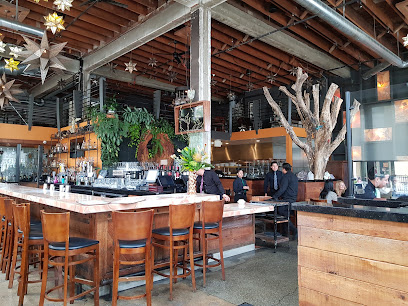
Portola Redwoods State Park
Discover the serenity of towering redwoods at Portola Redwoods State Park - a hidden gem in California's natural landscape.
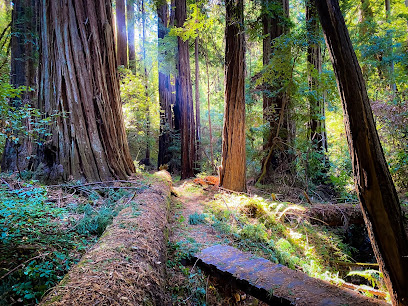
The Mountain House
Discover exquisite American cuisine amidst stunning redwoods at The Mountain House in Woodside, California.
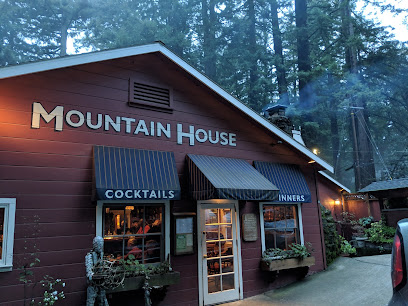
Canyon Inn
Experience the heart of American cuisine at Canyon Inn in Redwood City – where comfort food meets friendly service.

Redwood Grill
Discover Redwood Grill: A Culinary Delight in Redwood City Offering Diverse Flavors and Cozy Atmosphere.
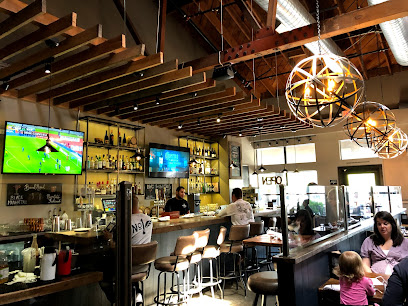
Nonno's Italian
Discover authentic Italian flavors at Nonno's Italian in Los Gatos - from pizza perfection to exquisite wines in a charming setting.
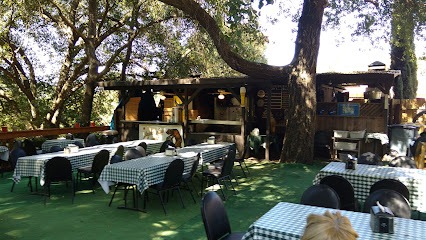
Selby's
Experience fine dining at Selby's in Redwood City – where exquisite cuisine meets elegant ambiance for an unforgettable culinary journey.
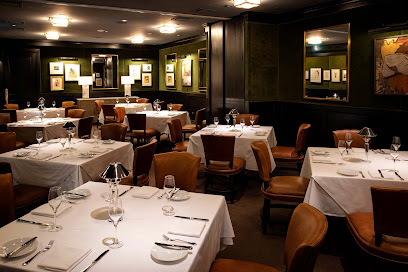
Parkside Grille
Discover exquisite Californian cuisine under majestic Redwoods at Parkside Grille - an unforgettable dining experience.
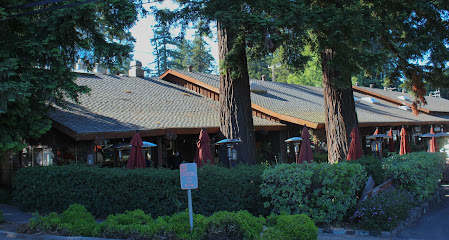
Hurrica Restaurant & Bar
Discover the vibrant flavors of Hurrica Restaurant & Bar in Redwood City – where culinary creativity meets unforgettable dining experiences.

State of Mind Public House and Pizzeria
Discover artisan pizzas at State of Mind Public House in Redwood City - where fresh ingredients meet flavorful creativity.
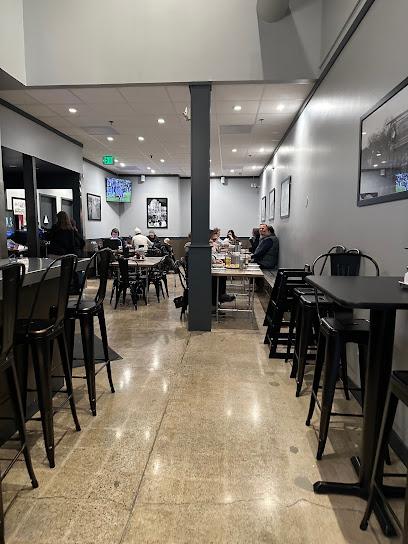
The Redwood by Chef Julien
Experience innovative cuisine at The Redwood by Chef Julien in Palo Alto – where fresh ingredients meet exceptional dining.
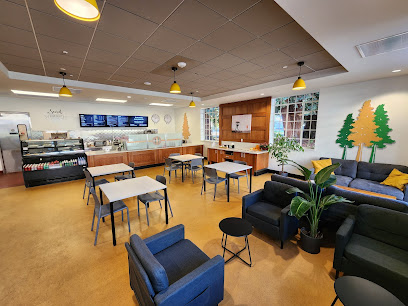
Markets, malls and hidden boutiques
Henry Cowell Redwoods State Park
Discover the serene beauty of Henry Cowell Redwoods State Park, where ancient trees and diverse landscapes create a paradise for nature lovers and outdoor enthusiasts.
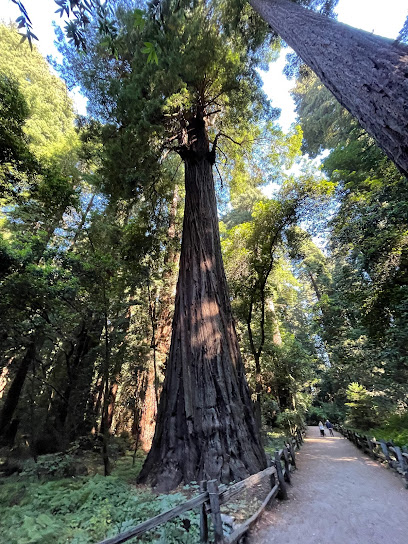
Portola Redwoods State Park
Explore the enchanting beauty of Portola Redwoods State Park, where towering trees and serene trails await you in California’s stunning wilderness.
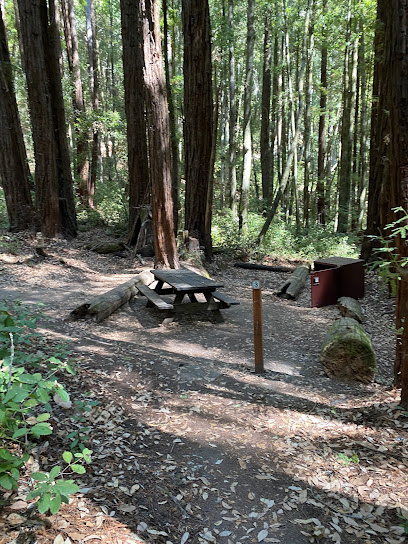
Garden of Eden - Henry Cowell Redwood State Park
Explore the enchanting Garden of Eden at Henry Cowell Redwood State Park, a serene haven of towering redwoods and breathtaking nature experiences.

Redwood Store
Explore the Redwood Store in Los Gatos for local snacks, drinks, and essentials amidst the scenic beauty of California's Redwood Estates.
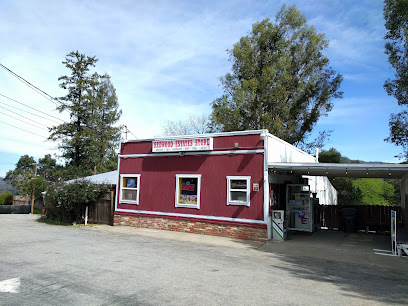
Essential bars & hidden hideouts
The Village Pub
Discover exquisite New American cuisine and a vibrant bar scene at The Village Pub, Woodside's premier dining destination.
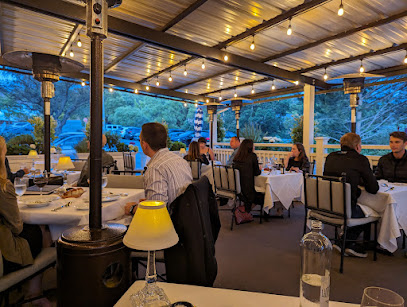
Hidden Tap And Barrel Redwood City
Discover the ultimate bar experience at Hidden Tap and Barrel in Redwood City, where craft beer, cocktails, and a lively atmosphere await.

Local Phrases about Redwood National and State Parks
-
- HelloYá
[yah] - GoodbyeK'ya
[kyah] - YesEe
[ee] - NoNah
[nah] - Please/You're welcomeP'áksa
[pahk-sah] - Thank youYeh'eh
[yeh-eh] - Excuse me/SorryAhee'hee
[ah-hee-hee] - How are you?T'a-áh niteel?
[tah-ah nee-teel] - Fine. And you?Nizhóní. Áá' ániin?
[nee-zhoh-nee. ah-ah ah-neen] - Do you speak English?T'áá hwó'ají haní?
[tah-hwah-jee hah-nee] - I don't understandAhee'hee, ní ádoo
[ah-hee-hee, nee ah-doo]
- HelloYá
-
- I'd like to see the menu, pleaseHáadis ch'í'íná
[hah-dees chee-ee-nah] - I don't eat meatNa'ni' nahat'á
[nah-nee nah-ha-tah] - Cheers!Ahee'hee
[ah-hee-hee] - I would like to pay, pleaseHáadis ch'í'íná
[hah-dees chee-ee-nah]
- I'd like to see the menu, pleaseHáadis ch'í'íná
-
- Help!Néésh
[nay-sh] - Go away!Hinla
[heen-lah] - Call the Police!Bijí bijí
[bee-jee bee-jee] - Call a doctor!Bijí hastiin
[bee-jee hahs-teen] - I'm lostNáhást'éí
[nah-hahs-teh-ee] - I'm illNáhást'éí
[nah-hahs-teh-ee]
- Help!Néésh
-
- I'd like to buy...Háadis baa níłch'i
[hah-dees bah neel-chee] - I'm just lookingDíísh yee jíl baa
[dee-sh yeh heel bah] - How much is it?T'áá hwó'ají da?
[tah-hwah-jee dah] - That's too expensiveT'áá hwó'ají hólóní
[tah-hwah-jee hoh-loh-nee] - Can you lower the price?T'áá hwó'ají hák'éé
[tah-hwah-jee ha-keh-eh]
- I'd like to buy...Háadis baa níłch'i
-
- What time is it?T'áá hwó'ají hólóní?
[tah-hwah-jee hoh-loh-nee] - It's one o'clockT'áá hwó'ají níłch'i dóó haz'ą́
[tah-hwah-jee neel-chee doo hahz-ahn] - Half past (10)T'áá hwó'ají táadoo haz'ą́
[tah-hwah-jee tah-doo hahz-ahn] - MorningAhéhee'
[ah-hay-hay] - AfternoonT'áá hwó'ají táadoo haz'ą́
[tah-hwah-jee tah-doo hahz-ahn] - EveningT'áá hwó'ají táadoo haz'ą́
[tah-hwah-jee tah-doo hahz-ahn] - YesterdayNizhóní
[nee-zhoh-nee] - TodayNizhóní
[nee-zhoh-nee] - TomorrowNizhóní
[nee-zhoh-nee] - 1T'áá
[tah-hwah] - 2Naaki
[nah-kee] - 3Táá'
[tah-ah] - 4Dį́į́
[dee-dee] - 5Asdzą́ą́
[ahz-dahn] - 6Hastą́ą́
[hahs-dahn] - 7Tseebíí
[tsay-bee] - 8Dį́į́'
[dee-dee] - 9Náhást'éí
[nah-hahs-teh-ee] - 10Naaki doo haz'ą́
[nah-kee doo hahz-ahn]
- What time is it?T'áá hwó'ají hólóní?
-
- Where's a/the...?Hání dóó ...
[hah-nee doo] - What's the address?Háadis bii' yee hólóní?
[hah-dees bee yeh hoh-loh-nee] - Can you show me (on the map)?T'áá hwó'ají hák'éé
[tah-hwah-jee ha-keh-eh] - When's the next (bus)?T'áá hwó'ají hák'éé
[tah-hwah-jee ha-keh-eh] - A ticket (to ....)Háadis baa níłch'i
[hah-dees bah neel-chee]
- Where's a/the...?Hání dóó ...
History of Redwood National and State Parks
-
The land now known as Redwood National and State Parks has been home to several Indigenous tribes for thousands of years. The Yurok, Tolowa, Karuk, Chilula, and Wiyot tribes thrived in the area, utilizing the rich resources of the coastal environments and the towering redwoods. The tribes practiced sustainable living, fishing, hunting, and gathering plants and berries, and the redwoods held significant cultural and spiritual value for them.
-
The first recorded European contact with the region came in the early 19th century with the arrival of fur traders and explorers. The Spanish and later Russian expeditions made contact, but it wasn’t until the 1850s Gold Rush that European settlers began to establish a more permanent presence. This period saw dramatic changes and conflicts as settlers encroached on Indigenous lands.
-
Starting in the mid-19th century, the vast redwood forests became the focal point of a booming lumber industry. The demand for redwood timber, valued for its strength and resistance to decay, led to extensive logging operations. Towns like Eureka and Crescent City grew rapidly as a result of the lumber trade, and the region saw significant environmental changes due to logging activities.
-
By the early 20th century, the destruction of redwood forests prompted conservationists to take action. In 1918, the Save the Redwoods League was founded to preserve the remaining old-growth redwoods. Their efforts, along with those of other environmental groups, led to the creation of several state parks, including Prairie Creek Redwoods State Park in 1923. These early parks laid the groundwork for future preservation efforts.
-
In 1968, Redwood National Park was established to protect the region's remaining ancient redwoods. The creation of the national park was a landmark event, resulting from years of advocacy and the recognition of the redwoods' ecological and cultural importance. The park initially protected 58,000 acres, but subsequent expansions in 1978 added additional land to further safeguard these majestic trees.
-
In 1980, Redwood National and State Parks were designated as a UNESCO World Heritage Site, recognizing their global significance. The parks were also declared an International Biosphere Reserve in 1983, highlighting their critical role in conserving biodiversity and promoting sustainable development. These designations have helped to elevate the parks' status and enhance international efforts to protect the unique ecosystem.
-
Today, Redwood National and State Parks are a testament to successful conservation efforts. The parks cover over 139,000 acres and protect nearly half of the remaining old-growth redwoods. Ongoing conservation initiatives focus on habitat restoration, research, and education. Visitors from around the world come to experience the awe-inspiring beauty of the redwoods, hike through diverse landscapes, and learn about the rich cultural history of the area.
Redwood National and State Parks Essentials
-
Redwood National and State Parks are located in Northern California, near the towns of Crescent City and Orick. The nearest major airport is Arcata-Eureka Airport, about 30 miles south of the parks. From there, you can rent a car or take a regional bus to reach the parks. If you're driving from San Francisco, the parks are roughly a 6-hour drive north along U.S. Highway 101.
-
Having a car is the most convenient way to explore Redwood National and State Parks, as public transportation options within the parks are limited. Several car rental agencies operate at Arcata-Eureka Airport. Once inside the parks, there are numerous parking areas near popular trailheads and visitor centers. Bicycling is another option, with several trails designated for bike use. For a more guided experience, consider taking a ranger-led tour.
-
The official currency is the U.S. Dollar (USD). Credit cards are widely accepted, especially in larger establishments and visitor centers. However, it's advisable to carry some cash for smaller purchases or in more remote areas where card transactions may not be possible. ATMs are available in nearby towns like Crescent City and Orick.
-
Redwood National and State Parks are generally safe for tourists. However, it's important to take standard precautions. Avoid leaving valuables in your car and always lock your vehicle. Stick to well-marked trails, and be aware of your surroundings, especially in remote areas. Crescent City has some neighborhoods where petty crime can occur; always stay vigilant and avoid walking alone at night.
-
In case of emergency, dial 911 for immediate assistance. The parks have ranger stations and visitor centers equipped to handle minor emergencies. It's highly recommended to carry a first-aid kit and sufficient water when hiking. For medical emergencies, the nearest hospital is Sutter Coast Hospital in Crescent City. Ensure you have travel insurance that covers medical emergencies.
-
Fashion: Do dress in layers, as weather can change rapidly. Wear sturdy hiking boots. Avoid wearing flashy jewelry. Religion: Do respect Native American cultural sites and artifacts. Public Transport: Do rent a car for convenience. Public transport within the parks is limited. Greetings: Do greet park rangers and fellow hikers with a friendly nod or hello. Eating & Drinking: Do pack your own food and practice Leave No Trace principles. Don't feed wildlife or leave food unattended.
-
To experience Redwood National and State Parks like a local, visit during the off-season (late fall to early spring) to avoid crowds. Check out the lesser-known trails like the Boy Scout Tree Trail for a more secluded experience. Engage with park rangers who can offer insider tips and lesser-known spots. Don't miss the tide pools at Enderts Beach for a unique coastal experience.
Trending Landmarks in Redwood National and State Parks
-
Henry Cowell Redwoods State Park
-
Big Basin Redwoods State Park
-
Calaveras Big Trees State Park
-
Reinhardt Redwood Regional Park
-
Purisima Creek Redwoods Open Space Preserve
-
Pulgas Water Temple
-
Redwood Grove Nature Preserve
-
Redwood Grove
-
Bear Creek Redwoods Open Space Preserve
-
Visitor Center | Henry Cowell Redwoods State Park
-
El Corte de Madera Creek Open Space Preserve
-
Portola Redwoods State Park
-
Redwood Deck
-
Garden of Eden - Henry Cowell Redwood State Park
-
Methuselah Tree (Sequoia sempervirens)
Nearby Cities to Redwood National and State Parks
-
Things To Do in Campbell
-
Things To Do in Palo Alto
-
Things To Do in Menlo Park
-
Things To Do in Santa Clara
-
Things To Do in Redwood City
-
Things To Do in Milpitas
-
Things To Do in Newark
-
Things To Do in San Mateo
-
Things To Do in Fremont
-
Things To Do in Union City
-
Things To Do in Hayward
-
Things To Do in San Lorenzo
-
Things To Do in Castro Valley
-
Things To Do in Daly City
-
Things To Do in San Leandro

